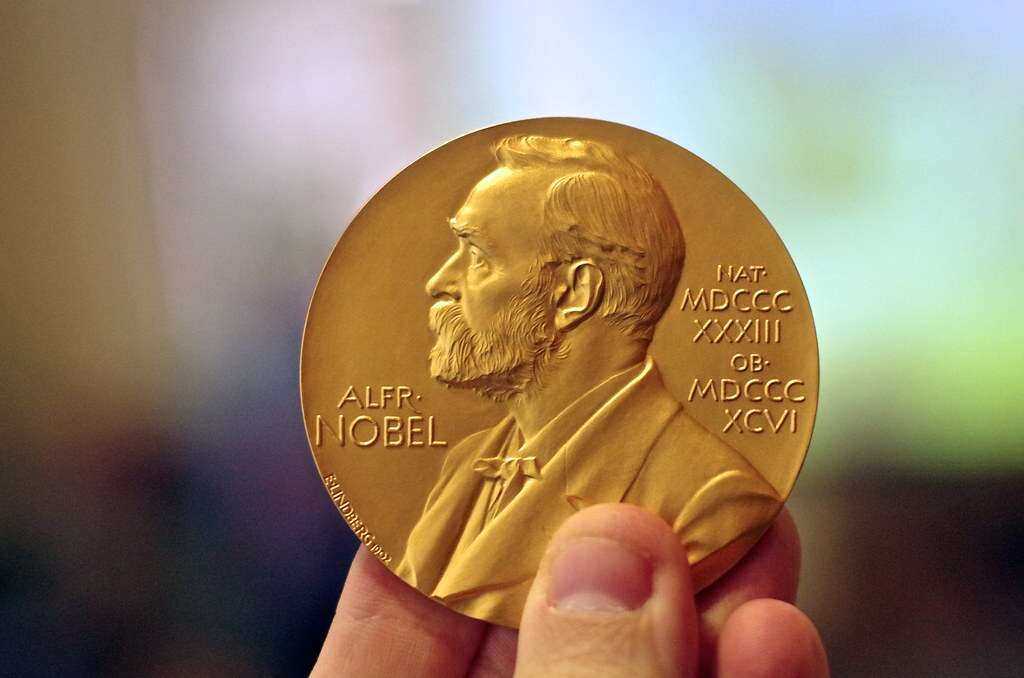This years’ Nobel Prizes have just been awarded and the chemistry prize recognizes the three men who developed the lithium-ion battery. It’s a technology that’s taken for granted by many of us, but this rechargeable, powerful, compact and lightweight battery has made the technology we take for granted possible. It’s why mobile phones are so lightweight and why you can use your laptop for a day without plugging it in. But the impact of this technology goes beyond consumer convenience.
The lithium-ion battery is central to our move away from fossil-fuels. These are the batteries that are powering electric cars, enabling them to travel for hundreds of miles between charges. They also solve a major issue with renewable energy – storage. Lithium-ion batteries are used to store the energy generated from wind and solar power, making these technologies a viable alternative to fossil-fuels. And it is this ‘greatest benefit to humankind’ that has resulted in the Nobel Prize for John Goodenough, M. Stanley Whittingham and Akira Yoshino.
The oil crisis of the 1970s had huge economic and political impact, but it also had an effect on innovation. Faced with the threat of running out of oil, large companies started funding blue-sky research into oil-free technologies to power vehicles. And it was in this environment that Stanley Whittingham (working for Exxon) made his discovery. An academic who had studied how material properties were affected when ions are caught up within the material, Whittingham investigated how potassium ions affected the conductivity of tantalum disulphide. He found that the resulting material had an unusually high energy density, and the material’s voltage was a couple of volts – significantly better than any batteries available at the time.
Realizing he was onto something, Whittingham replaced the heavy tantalum with the lighter titanium and chose lithium at the anode as the material that gives up electrons the easiest.
But the development of the battery hit some setbacks. After charging several times, thin whiskers of lithium grew from the anode. These caused short circuits in the battery and it exploded. This issue was overcome to some extent, but this, and a drop in oil price, stopped the research.

John Goodenough was a professor of inorganic chemistry at Oxford University and he too was concerned by the impact of the oil crisis. Keen to continue with battery development, his research group discovered that if lithium-cobalt oxide was used at the cathode, the battery would be twice as powerful as the one developed by Whittingham. He published his discovery of this new battery material in 1980. However, the drop in oil price prevented any real commercial interest in Goodenough’s battery too.
Things were different in Japan. Here the drive was not to find an oil-alternative, but to develop lightweight, powerful and rechargeable batteries to power consumer electronics. And this was taken up by the third prize-winner, Akira Yoshino. His discovery concerned the anode material. At this point, the best anode material was graphite, but this was broken down over time by the electrolyte in the cell, so was not a commercially viable solution. Yoshino hit on the idea of using petroleum coke as a stable, easily sourced anode material. It worked perfectly and, finally, the lithium-ion battery was commercially viable and in 1991 hit the market in Japan.
Today, lithium-ion batteries are fulfilling their promise. But that short-circuiting problem that caused such headaches for Whittingham have arisen again from time to time. We discuss this problem in detail here, but essentially an excess of metal particles within the cell can cause a short circuit, leading to thermal runaway, explosion and fire. However, this can be avoided completely through first class production quality control and the use of specialist equipment.
Hitachi’s EA8000 X-ray Particle Contaminant Analyzer is designed specifically for lithium ion production quality control. The analyzer uses two advanced X-ray technologies: transmission imaging for locating metal contaminants and X-ray fluorescence for identifying the metal present. Fast analysis and ease of use make the EA8000 an invaluable tool lithium-ion battery quality control.
For more information about how the EA8000 can help you ensure the safety of your lithium-ion batteries, get in touch.
Get in touch